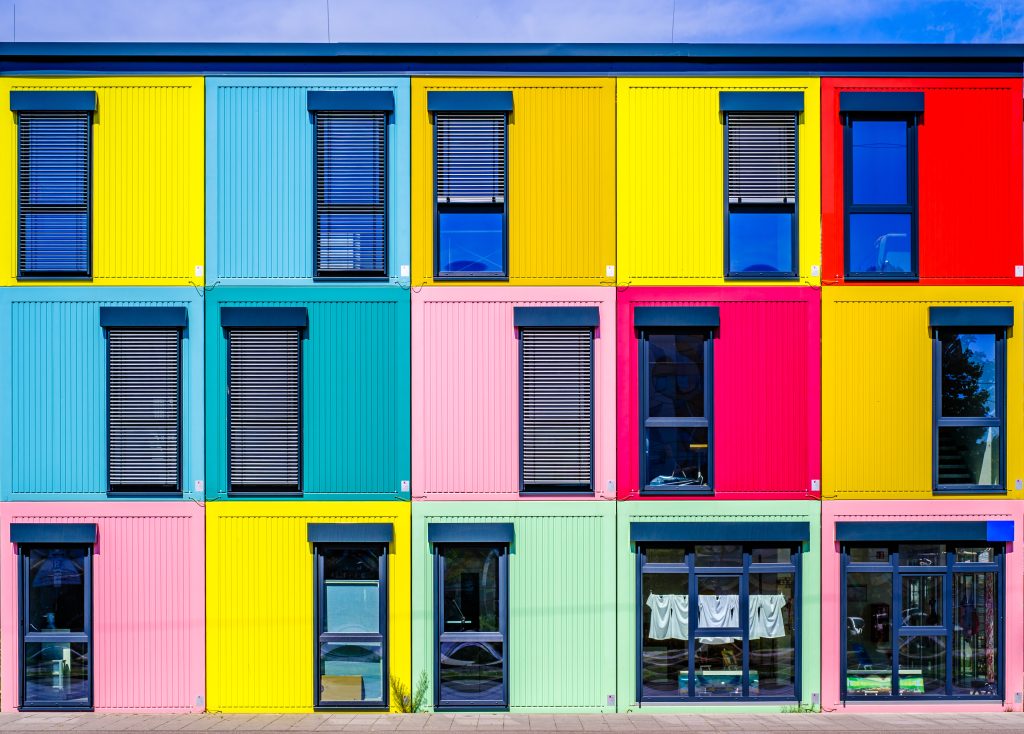
What is GRAIN Housing
GRAIN is our acronym for GReen, Affordable, and INclusive housing. The provision of housing that is green, affordable, and inclusive requires an intersectional and ecosystem approach that is built on innovative solutions and strong partnerships with key stakeholders in the built environment.

Why GRAIN Housing?
GRAIN embodies our recognition of the intersectionality of the shaping factors feeding into the housing reality for millions of Canadian residents, albeit to varying degrees.
Our complete belief that all human activity can be carried out 100% in harmony with the environment is reflected in the GReen component with circularity in construction taking centre stage in solution development. It is also a nod to Canada’s NDC’s which were updated in 2021 with a target to reduce emissions by 40-45% below 2005 levels by 2030. Electricity use for cooling, lighting, and appliances brings the total to 18%. Appreciating that the built environment has the greatest potential to contribute to meeting the Paris Climate targets at the least cost, we aim to showcase and raise awareness of the built environment’s pivotal role in advancing and meeting these targets.
On Affordability, key elements of housing provision on the supply side include the cost of land, cost of finance, cost of building materials, and labor. All of these elements factor into the eventual cost per unit of homes. On the demand side, average incomes and access to finance (mortgages) are key factors in the ability of Canadian residents to rent and/or buy homes. GreenSquareMeter is working with ecosystem partners to deliver a range of solutions on both the supply and demand sides of the equation.
On the supply side, our strategy to lower the unit cost of housing is to focus on those elements that can be reasonably controlled such as the cost of finance, alternative (recycled) building materials, and to a certain extent, the cost of labour – although this has more to do with the length of time that labour is engaged, rather than with prevailing hourly rates as we believe 100% that people must be able to earn a living wage.
With the cost of finance, we are prioritizing partnerships with entities that can offer significantly lower costs of development/construction finance. Beyond CMHC, this includes impact investors and venture philanthropists, and other alternative sources of investment capital including community bonds. On the cost of building materials, our focus is on delivering housing made from mostly recycled materials including shipping containers and pre-fabricated/modular homes. These kinds of homes offer between 15 – 50% cost savings per unit over conventional homes.
With respect to INclusion, a November 2022 report by Habitat for Humanity found that 1-in-10 prospective homebuyers or renters have encountered racism, sexism, or various forms of discrimination during their pursuit to find a home. BIPOC Canadians were more than twice as likely (18 percent) as non-BIPOC Canadians (8 percent) to have experienced some degree of discrimination while considering housing options. As such it is necessary to create mechanisms to facilitate increased access to housing for BIPOC Canadians. GreenSquareMeter’s work in this regard includes partnerships and joint advocacy with like-minded organisations, as well as undertaking housing projects with BIPOC Canadians as the primary beneficiaries.
We integrate these principles into our programming and advocacy efforts, embodying our commitment to environmentally sustainable practices, equity, and inclusion.
